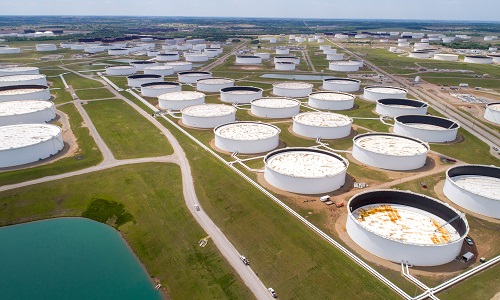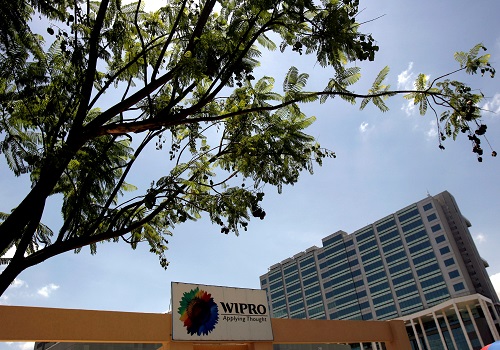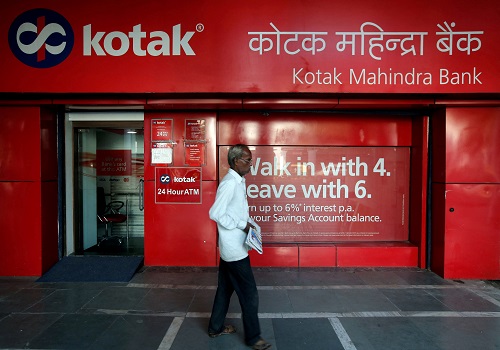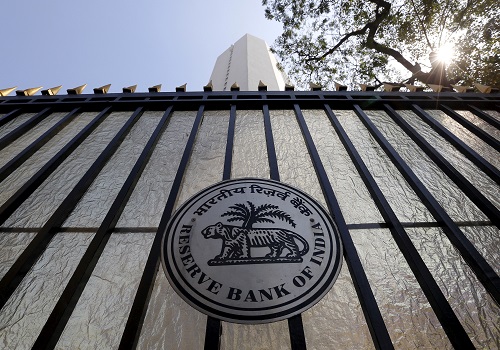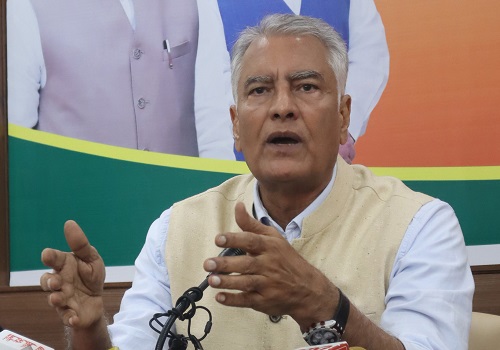Capex cycle to unfold in India with strengthening of corporate and banking sectors` balance sheets
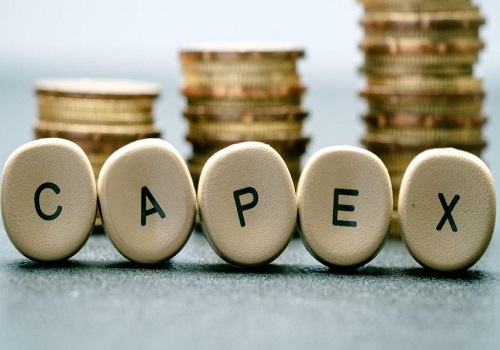
Follow us Now on Telegram ! Get daily 10 - 12 important updates on Business, Finance and Investment. Join our Telegram Channel
The Economic Survey for 2022-23 has forecast that growth is expected to be brisk in FY24 as a vigorous credit disbursal, and capital investment cycle is expected to unfold in India with the strengthening of the balance sheets of the corporate and banking sectors.
The current growth trajectory will be supported by multiple structural changes that have been implemented over the past few years. The private sector - financial and non-financial - was repairing balance sheets, which led to a slowdown in capital formation in the previous decade, the Survey said.
The financial system stress experienced in the second decade of the millennium, evidenced by rising nonperforming assets, low credit growth and declining growth rates of capital formation, caused by excessive lending witnessed in the first decade-plus, is now behind us.
Aided by healthy financials, incipient signs of a new private sector capital formation cycle are visible. More importantly, compensating for the private sector's caution in capital expenditure, the government raised capital expenditure substantially, the Survey said.
Budgeted capital expenditure rose 2.7X in the last seven years, from FY16 to FY23, re-invigorating the Capex cycle. Structural reforms such as the introduction of the Goods and Services Tax and the Insolvency and Bankruptcy Code enhanced the efficiency and transparency of the economy and ensured financial discipline and better compliance.
A sustained increase in private Capex is also imminent with the strengthening of the balance sheets of the Corporates and the consequent increase in credit financing it has been able to generate. A much-improved financial health of well-capitalised public sector banks has positioned them better to increase the credit supply, the Survey said.
Consequently, the credit growth to the Micro, Small and Medium Enterprises (MSME) sector has been remarkably high, over 30.6 per cent, on average during January-November 2022, supported by the extended Emergency Credit Linked Guarantee Scheme (ECLGS) of the Union government.
The increase in the overall bank credit has also been influenced by the shift in borrower's funding choices from volatile bond markets, where yields have increased, and external commercial borrowings, where interest and hedging costs have increased, towards banks. If inflation declines in FY24 and if real cost of credit does not rise, then credit growth is likely to be brisk in FY24. India's economic growth in FY23 has been principally led by private consumption and capital formation.
It has helped generate employment as seen in the declining urban unemployment rate and in the faster net registration in Employee Provident Fund.
Still, private capex soon needs to take up the leadership role to put job creation on a fast track. Recovery of MSMEs is proceeding apace, as is evident in the amounts of Goods and Services Tax (GST) they pay, while the Emergency Credit Linked Guarantee Scheme (ECGLS) is easing their debt servicing concerns.



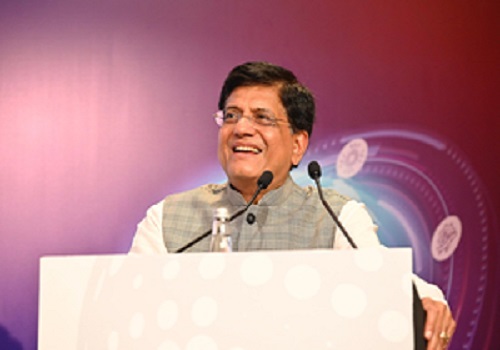

.jpg)








